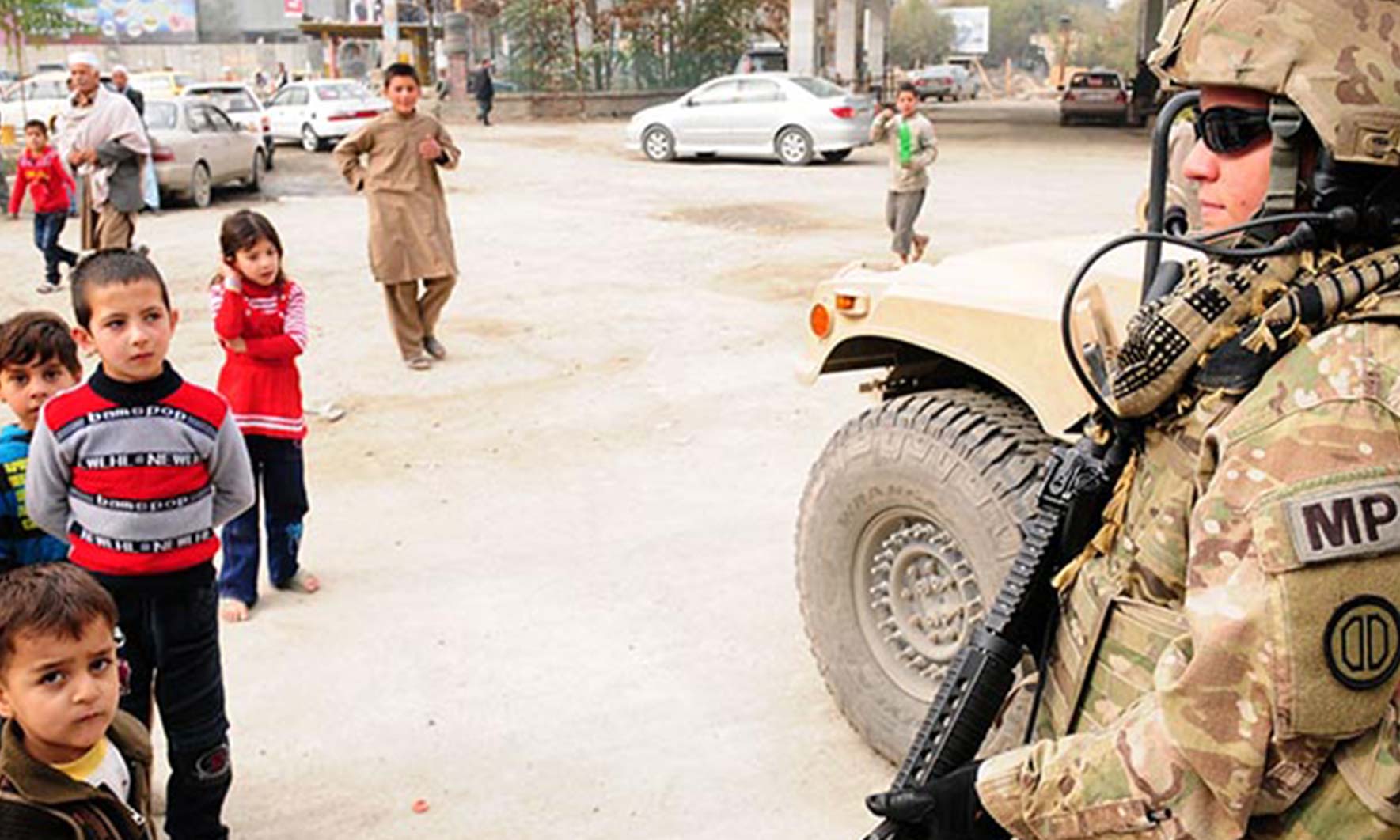The New York Times, 10 July 2004 6 mins read
Sipping margaritas in the rubble of Kabul
“Look, the swimming pool is in the shape of a martini glass,” boasts Alex as he shows several visitors around his soon-to-be-opened hotel-cum-blackjack lounge.
Alex, an Afghan-American who used to be a mortgage broker in Las Vegas and who returned to his homeland a year ago, is really named Omar Zamadi, but he thinks that is too complicated for foreigners – and foreigners are his market.
Zamadi says he has invested $200,000 in his hotel, the Peacock Lounge. A pink-and-gold colonnaded extravaganza, which he describes as “Roman style” but probably owes more to Caesars Palace, the Peacock Lounge sticks out on a street in which families sleep in bombed-out houses with no roofs or windows and dusty-faced children walk to a well to collect water.
“Expats need a place where they can wear thongs, eat hot dogs and drink beers,” Zamadi says. “You can make a lot of money here.”
On the other side of the city, two Britons have set up Afghanistan’s first cocktail bar, serving margaritas and Tora Bora specials to Westerners at $10 a drink. Their bar, the Elbow Room, is packed every night. So is a restaurant called Lal Thai where http://byfakerolexforsale.com Lalita Thongngamkam’s green chicken curry is served up by slinky waitresses from Bangkok in slit-to-the-thigh silk skirts with pistols in their garters. You can even take a putt at the Kabul golf club, where the land mines have apparently been cleared.
These are just a few of the many establishments for Westerners that have sprung up in postliberation Kabul, capital of the land cited by Defense Secretary Donald Rumsfeld as a model and described by President George W. Bush last month as the “first victory in the war on terror.”
Not only would the Taliban’s leader, Mullah Muhammad Omar, have a fit, but many who supported the war to remove the Taliban regime need to wonder if an invasion of bars and restaurants for Westerners is really what it was for.
Karl Allen Lugmayer/Pixabay
The vast majority of Afghan women still wear burqas, seen by many in the West as a symbol of Taliban oppression, and the girls’ soccer team at Zarghoona High School has to practice in secret.
Although aid workers, contractors and security consultants have every right to enjoy themselves, there is mounting resentment among ordinary Afghans, who feel the West has been busier opening drinking holes than rebuilding their nation.
For some time, Afghanistan has been two countries: Kabul, which is relatively peaceful, and the rest, so riven by warlords and resurgent Taliban that the United Nations has declared a third of the country off limits to its employees.
More recently, Kabul has become a city with two sides. With as many as a 1,000 nongovernmental organizations in residence, rents are higher here than in much of Manhattan.
In Kabul’s most affluent area, Wazir Akbar Khan, once favored by Osama bin Laden’s Arabs and now a Western enclave, $5,000 a month gets only a small, uncared-for house. Most of the owners are rich Afghans living abroad, and, according to real estate agents, many are Taliban commanders living in Pakistan and using the rent to finance madrassas and militia training.
An employee of the Marco Polo agency who drove me around last month told me YIDI Panda 5200 his company leases 10 houses to the World Food Program at rents of $9,000 to $15,000 a month per house. The total comes to more than $1.5 million a year.
“Most Afghans feel angry that this is our money, money meant for the Afghan people, which aid agencies are spending on beautiful houses, carpets and drinking,” while schools and hospitals still need to be built, the agent said. Instead of creating industry or regenerating agriculture under Western supervision, Afghanistan is producing record opium crops and is now responsible for a whopping 75 percent of the world supply.
Last week, the West finally had a chance to match words and deeds at the NATO summit meeting in Istanbul, where Afghanistan was high on the agenda. This was supposed to be an opportunity for the alliance to trumpet the success of its first peacekeeping operation outside its historic area of operations.
Unlike the Iraqis, the Afghans generally welcome foreign forces. Yet the shameful failure of member nations to supply troops and equipment means that NATO has conspicuously failed to meet the pledge it made last year to expand outside Kabul.
The alliance still has only 6,500 peacekeeping forces in Afghanistan, compared with 40,000 in Kosovo. Last week’s announcement that it would send up to 3,500 more to provide security for the elections due to take place in September is laughable in a nation with an estimated 10.5 million voters.
Two weeks ago, more than a dozen men were killed in Uruzgan Province after registering to vote, and a minibus carrying female election workers was blown up in Jalalabad.
Elections will now almost certainly be delayed.
The gap between the claims of Rumsfeld et al and the reality on the ground was vividly illustrated by a British patrol last month that stopped to talk to the chief of a mud-walled settlement on the edge of Kabul. The chief assured the patrol that “life is much better than it was under the Taliban.” When asked how, he had to think hard. “We can watch videos,” he said finally. Then he added: “at least we could if we had television. Or electricity.”
Keen to please his visitors, he thought again. “Our girls can go to school,” he said, then once more frowned. “Only there is no school.”
Cover Image: Chris Fahey/USAF
